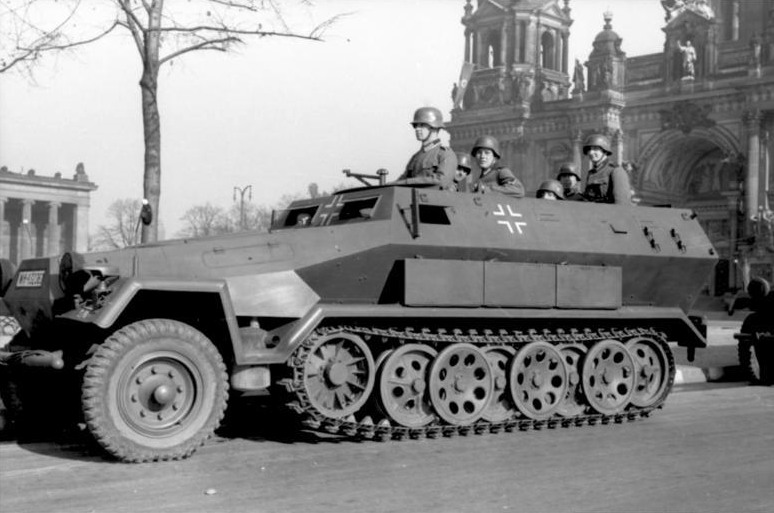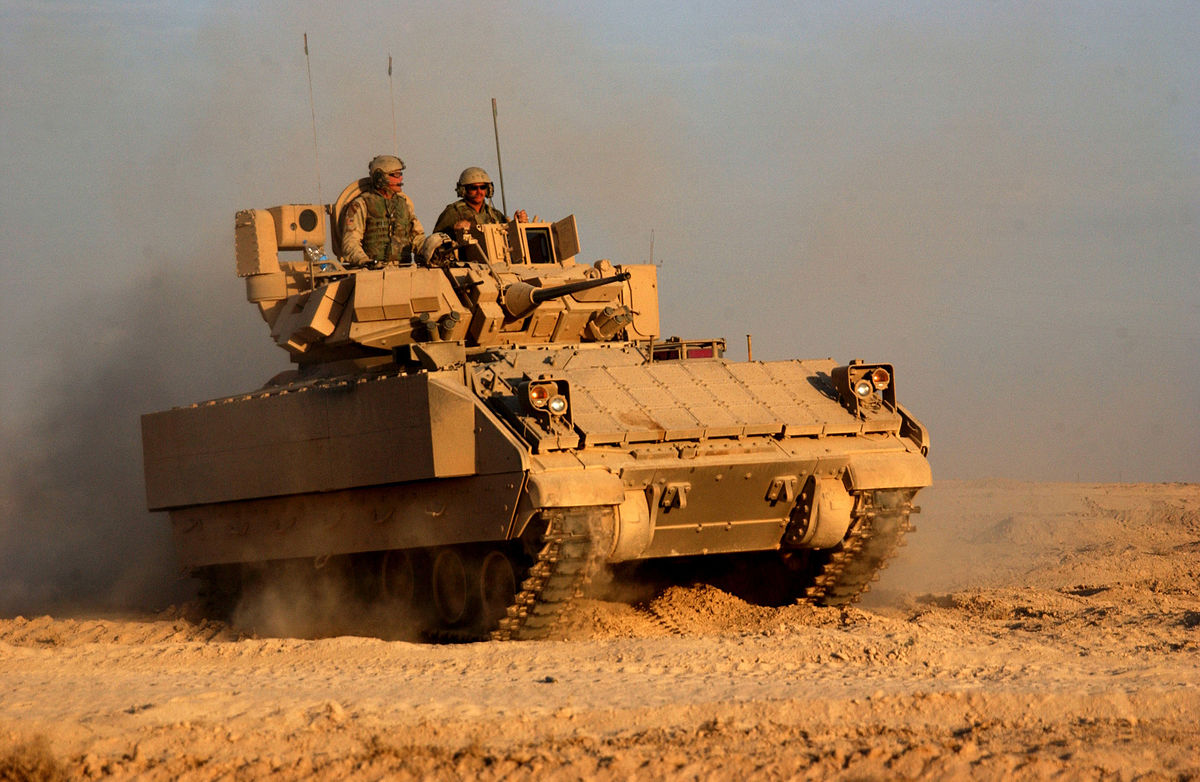So, I gather, the combined arms bonus is limited to an averaged softness rating?Combined arms bonus is actually marginally hiher. Arm1939-SpArt1940 has softness 0.282, Mot1941-SpArt1940 has softness 0.7802. This means that 2 Mot + 1 Arm has softness 0.6141, while 2 Arm + 1 Mot has softness 0.4481. So combatwise this unit will be better than 2 Mot + 1 Arm.
That was my reasoning, for my "Aggressive attacking" strategy, anyways.The main argument is simply icd. You can get almost 4 Mot per Arm. So spending a given icd into units of 2 Mot + 1 Arm instead of 2 Arm + 1 Mot will give you a stronger army.
How about Later, say late '41 when invading USA, you have 2 ARM + 1 MOT, and separate corps of 3 MECs? My rationale here is that, by the time I have 6 MECs ready to hit the USA, I have 7-8 corps of 1 ARM + 2 MOTs. So I can have 3 groups of 1 ARM + 2 MECs, leaving me 4-5 ARM + 14 MOTs. so 4 groups of 1 ARM + 2 MOT leaves me 2 corps of 3 MOTs. I've also had 3 MOT's in with 1 ARM at that point...?If however you have the icd for 2 Arm + 1 Mot, then you might as well go for 3 Mech. That way all divisions get the panzer leader bonus and all divisions get the bonus from the Chief of Army with the doctrine of armoured spearhead.
Seems strange to have MECs fighting on their own, without armor. After all, they were called "Panzergrenadiers," But then again:
"The Panzergrenadier divisions were organized as combined arms formations, usually with six battalions of truck-mounted infantry organized into either two or three regiments, a battalion of tanks, and an ordinary division's complement of artillery, reconnaissance units, combat engineers, anti-tank and anti-aircraft artillery, and so forth. All these support elements would also be mechanized in a PzGren. division, though most of the artillery, anti-tank, and anti-aircraft elements were equipped with weapons towed by trucks rather than the relatively rare armored and self-propelled models. In practice the PzGren. divisions were often equipped with heavy assault guns (EDIT: Read SP Art) rather than tanks, one armoured regiment with three battalions of 14 assault guns each one of them[1] due to a chronic shortage of tanks throughout the German armed forces. A few elite units, on the other hand, might have the tanks plus a battalion of heavy assault guns for their anti-tank element, and armored carriers for some of their infantry battalions as well.....On paper a Panzergrenadier division had one tank battalion less than a Panzer division, but two more infantry battalions, and thus was almost as strong as a Panzer division, especially on the defensive." https://en.wikipedia.org/wiki/Panzergrenadier
Does this apply to MECs? Should we think of a MEC division as having a built-in Tank brigade?
"Of 226 panzergrenadier battalions in the whole of the German Army, Luftwaffe and Waffen SS in September 1943, only 26 were equipped with armoured half tracks, or just over 11 percent. The rest were equipped with trucks"
Another argument for allowing MOTs to upgrade to MECs...?
I've also done mixed groups of 1-2 ARM + 2 MEC + 2 MOT. I can conveniently drop a MOT off in a province to hold that as the power advances.






.jpg)
.jpg)
.jpg)
